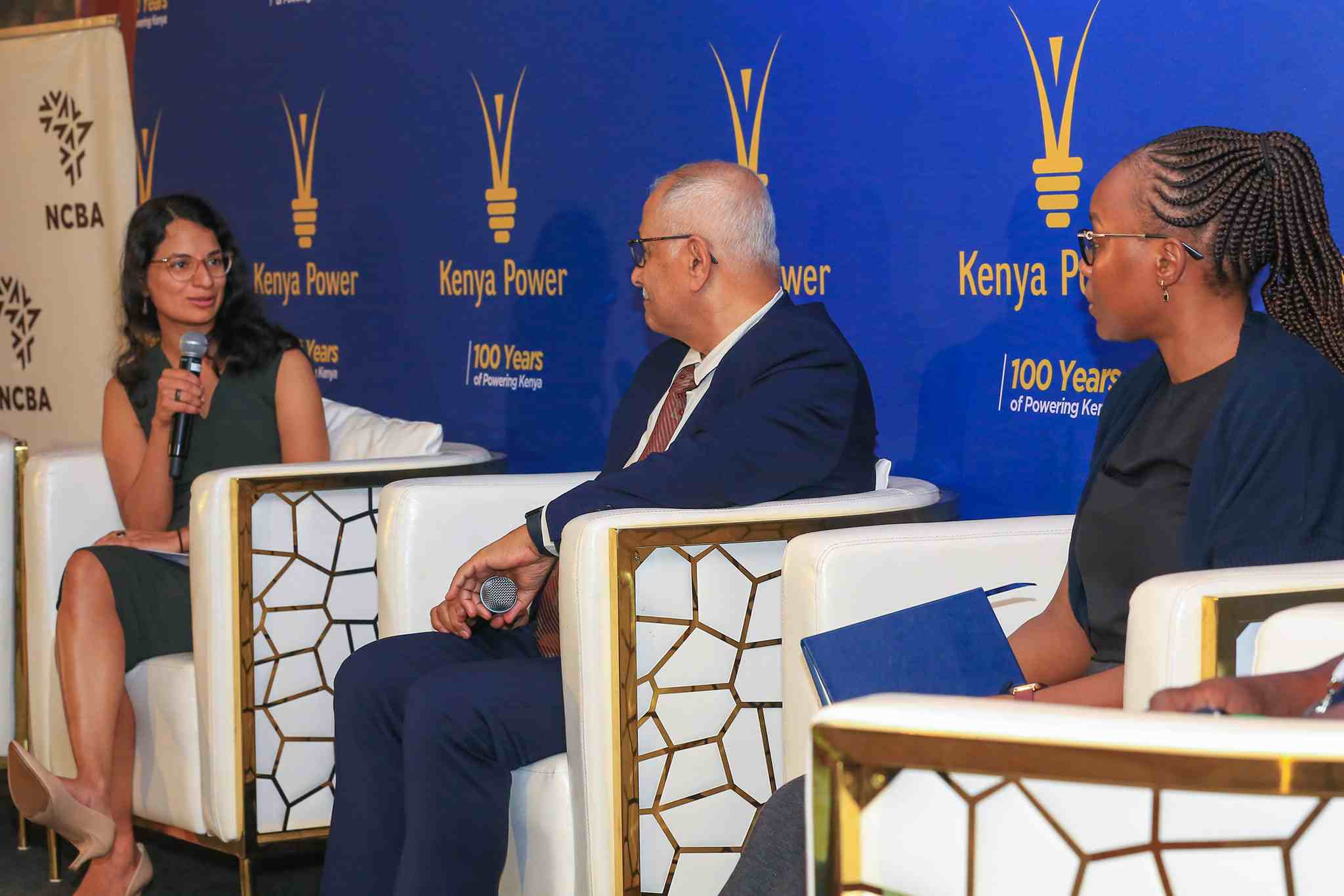The Kenya Power and Lighting Company (KPLC) is a well-known company in Kenya, providing electricity to millions of people across the country.
However, few people know the story of the two men who founded the company over a century ago.
This article will look into the history of KPLC and the men responsible for bringing electricity to Kenya.
Sayyid Barghash bin Said Al-Busaid was the second Sultan of Zanzibar, ruling from 1870 to 1888.
He was known for building much of the infrastructure of Stone Town, including piped water, electricity, public baths, a police force, roads, parks, hospitals, and large administrative buildings such as the Bait el-Ajaib (House of Wonders).
He was also known for being a crafty negotiator, often outwitting diplomats from Britain, America, Germany, France, and Portugal by playing one country against the other in a skillful endgame of pre-colonial chess.
MUST READ: DOWNLOAD SHABIKI APP STEP-BY-STEP GUIDE
In 1875, Barghash acquired a generator to light up his palace and nearby streets. This same generator was purchased in 1908 by Harrali Esmailjee Jeevanjee, a Mombasa-based merchant whose company Mombasa Electric Power and Lighting Company had been given the mandate to provide electricity to the island.
In the same year, Clement H.A. Hirtzel started providing electricity to Nairobi under his company Nairobi Power and Lighting Syndicate.
Clement Hirtzel was born on April 10, 1879, in Exeter, Devon, England. After obtaining engineering qualifications, he traveled to South Africa and eventually landed in British East Africa in 1904 to try his luck.
Engineer McGregor Ross, Director of Public Works from 1905 to 1922, described Hirtzel as a “penniless counter-jumper from the Cape”.
Soon after his arrival, Hirtzel obtained a concession for 50 years from the governor, Sir Charles Eliot, to supply Nairobi with electricity.
He formed a company known as the Nairobi Power and Lighting Syndicate in 1905 with Charles Udall as Chief Engineer and R.C. Bayldon as managing director.
In November 1906, the company settled on the first fall of the Ruiru River as the source of its hydroelectric power.
The Ruiru Dam was built of concrete some 30 feet upstream of the fall below Fort Hall Road (today’s Thika Road).
The main power station, which still stands today, was built on the right bank of the river some 300 yards from the dam and consisted of a steel framework with sides of corrugated iron sheets.
The station housed three turbo generators with a combined output of 500 BHP.
MUST READ: TOP 10 MOST MARKETABLE DIPLOMA COURSES IN KMTC AND THEIR QUALIFICATIONS
In April 1908, the power station started to provide power, initially to commercial areas in Nairobi but after a month, other areas were provided with power and light.
The power supply was erratic in the early years and many times residents of Nairobi had to resort to paraffin lamps and candles, hence the joke which has persisted up to today for precisely the same reason.
As the demand for electric power continued to grow, in 1922 the Mombasa Electric Power and Lighting Company and the Nairobi Power and Lighting Syndicate merged to form the East Africa Power and Lighting Company Ltd.(EAP&L) adopting the famous Reddy Kilowatt as its mascot after 1926.
EAP&L expanded outside Kenya in 1932 when it acquired a controlling interest in Tanganyika Electricity Supply Company Ltd (now TANESCO) and later obtained a generating and supply license in Uganda in 1936, thereby entrenching its presence in the East African region.
EAP&L withdrew from Uganda in 1948 because the Uganda Electricity Board was created to take over the distribution of electricity. This decision was a direct result of the construction of the massive Owen Falls Dam in Uganda.
In 1954, the Kenya Power Company (KPC) was established to build the transmission line from Nairobi to Tororo in Uganda.
This line would transmit electricity from the Owen Falls Dam, which was close to completion at that time. EAP&L managed KPC under a management contract and also became one of the first companies to list on the newly formed Nairobi Stock Exchange in the same year.
Exploration for geothermal energy in the Olkaria area began in 1955, but two unsuccessful wells were dug by 1959. EAP&L sold its stake in TANESCO to the Government of Tanzania and left Tanzania in 1964.
MUST READ: HOW TO PERMANENTLY GET RID OF BEDBUGS FROM YOUR HOUSE
In 1983, EAP&L changed its name to the Kenya Power and Lighting Company (KPLC) as it only had a presence in Kenya.
In 1997, KPC was demerged from KPLC to form the Kenya Electricity Generating Company (KenGen). In 2008, the transmission function of KPLC was moved to the newly created Kenya Electricity Transmission Company (KETRACO).
The Olkaria geothermal project started commercial electricity generation in July 1981 and now supplies about 20% of Kenya’s electricity.
'Want to send us a story? Submit to NAIROBIminiBLOGGERS via our Email nairobiminiblogger@gmail.com'

Comments are closed.